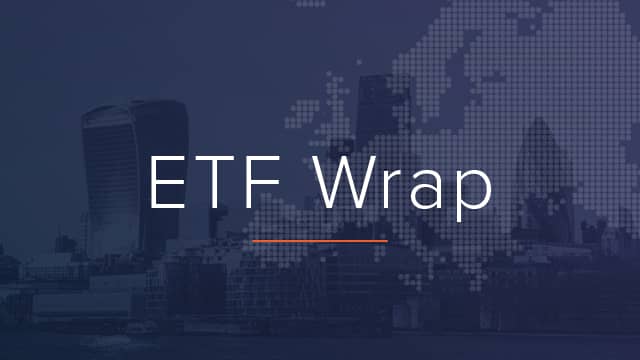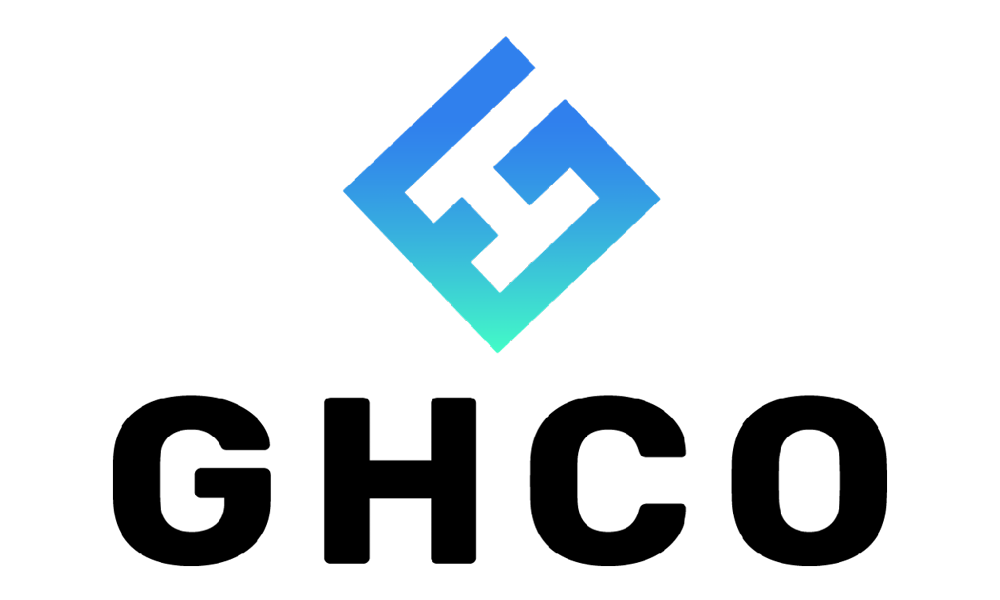As Europe’s asset management industry creaked back to life after the festive season, we began the year with closure on one of 2021’s biggest events – Amundi’s €825m acquisition of Lyxor.
The combined French entity now lays claim to over €170bn assets under management (AUM) across over 300 products and a 14% stake in the European ETF market.
Stressing the significance of the merger, GHCO’s CEO Daniel Izzo said the sale of Lyxor will help shape the European ETF landscape over the next decade, while ETF Stream’s editor Tom Eckett suggested it could be the industry’s most important acquisition since BlackRock bought iShares from Barclays 13 years ago.
It will see the French giant leapfrog DWS into the number two spot in European ETFs, however, its patch is just a third of that held by BlackRock, which holds a 43.6% stake at the time the Amundi-Lyxor deal hit headlines last April.
The new Amundi also has to undertake the hardly trivial task of reconciling significant product overlaps via mergers and closures. For instance, as of summer last year, 14 different indices were being tracked by at least four Amundi or Lyxor products apiece, with just these ETFs accounting for almost a third of the company’s combined assets.
Thankfully, the expectation is this process should run smoothly, especially given both firms’ assets already happen to be in France or Luxembourg.
All things being well, the next generation of Amundi will benefit from economies of scale, with deeper liquidity, better distribution and the potential for lower fees. And though far short of BlackRock’s behemothic proportions, Europe’s largest asset manager expects to grow its passive business AUM 50% by 2025 – this competitive mindset is something European investors can only stand to benefit from.
Inefficient rebalancing as negatively impactful as management fees?
Elsewhere, a paper from the University of Illinois found US-listed passive equity ETFs face an average performance drag of 14.6 basis points (bps) a year due to inefficient index rebalances.
In the five days between a transparent index announcing a reshuffle and enacting a rebalance, stock prices of new entries rise by an average of 67 bps due to trading by frontrunners and fall 20 bps in the 20 days following a rebalance, the paper found. This is significant as ETFs tracking US equities averaged 16% portfolio turnover in 2020.
At the same time, some more opaque ETFs hide when they trade – adjusting their baskets either before or after index rebalances are affected – resulting in a cost saving versus their more transparent peers worth 7.3 bps a year.
More significant are those ETFs obscuring what they trade – which is achieved by product issuers tracking indices built internally – which creates a potential annual cost saving of 9.6 bps versus the model used by rules-based ETFs.
These findings erode the stipulation that passively capturing the market is infinitely cheaper than deferring to an active manager and will likely elicit responses from the industry on the active versus passive debate in due course.
ETFs targeting commodities, private equity, Chinese bonds and of course, ESG, dominated in 2021
A product class surging in the aftermath of the Global Financial Crisis in 2008, ETFs were ideally placed to capture assets from investors wanting to express their convictions on sector and theme movements during the COVID-19 pandemic.
Front and centre during the year of recovery were ETFs targeting economic inputs, materials and components. For instance, ETFs focused on US-based energy equities rallied between 54% and 58% during 2021. Meanwhile, stretched supply chains saw Europe-listed semiconductor ETFs average returns of 35.7%.
Recovery-phase economies also spurred on disruptive companies, with private equity and venture capital firms rushing to list at pace and causing Europe’s two listed private equity ETFs to surge by a mean average of 49.8%.
Unfortunately, feverish optimism in equities was not shared by fixed income investors, with inflation and monetary policy chatter creating some of the worst real returns for bonds in four decades. Offering a safe haven were the steady yields of Chinese bonds, which saw BlackRock’s China bond ETF, the iShares China CNY Bond UCITS ETF (CNYB), rake in $5.1bn.
Finally, any reflection on 2021 would be incomplete without mentioning environmental, social and governance (ESG) investing. With phase one of the Sustainable Finance Disclosure Regulation (SFDR) coming into force last March, the asset class captured nearly half of all new assets flowing into ETFs in Europe.
The question now is whether the arrival of phase two of the SFDR and the International Sustainable Standards Board (ISSB) can keep the ball rolling or whether further regulatory delays and greenwashing will stifle ESG momentum.
ETF Wrap is a new, weekly digest of the top stories on ETF Stream







